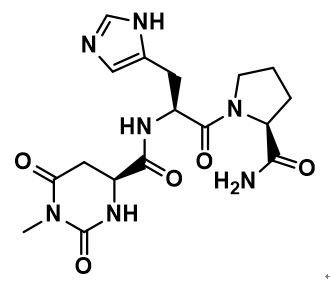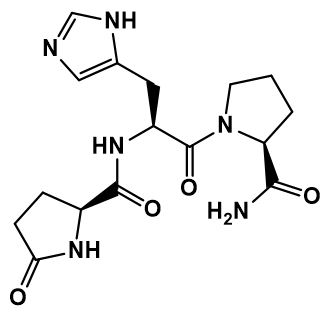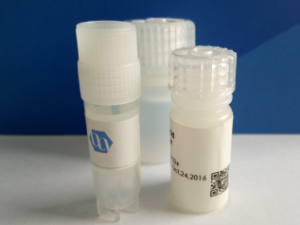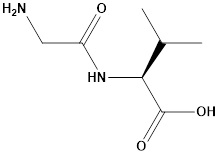$ 250.0
Quantity: 10 MG
Out of stock
Description
Product name: Taltirelin
Catalog#: 1221102
Synonyms: Taltirelin tetrahydrate, Taltirelin hydrate, N-{[(4S)-1-methyl-2,6-dioxohexahydropyrimidin-4-yl]carbonyl}-L-histidyl-L-prolinamide,
CAS NO.: 201677-75-0
Sequence: 1-ME-DIO-OH-His-Pro-NH2
M.W: 405.41
M.F.: C17H23N7O5
Purity: 95% by HPLC
Format: Lyophilized powder
Description: Taltirelin (TAL) is a thyrotropin-releasing hormone (TRH) analog that is approved for use in humans in Japan. Taltirelin (TA-0910, (−)-N-[(S)-hexahydro-methyl-2,6-dioxo-4-pyrimidinyl carbonyl]-histidyl-prolinamide tetrahydrate (Ceredist) , an orally administered synthetic TRH analog, was launched in 2000 in Japan for the treatment of neurodegenerative diseases. Taltirelin demonstrates CNS activity 10 to 100 times stronger and is 8 times longer-lasting than TRH, with the added benefit of reduced endocrine side-effects. The compound has a t1/2 of approximately 2.19 hours, and its metabolite has a t1/2 of approximately 6.36 hours (Morikawa et al., 1998). In vivo, Taltirelin has been shown to potentiate ACh-induced neuronal excitation in the rat cerebral cortex and inhibit high concentration ACh-mediated desensitization of neuronal excitation (Brown, 1999). Taltirelin has also been shown to enhance the release of dopamine and to accelerate dopamine release and synthesis at cholinergic neuronal terminals in the hippocampus of normal rats (Fukuchi et al., 1998). In parallel to its effects on ACh release and synthesis, Taltirelin has demonstrated an ability to improve memory function in mice pre-treated with the anticholinergic drug scopolamine (Yamamura et al., 1991). Furthermore, Taltirelin has been shown to generate neurotrophin-like activity in the rat embryo spinal cord in vitro, and Taltirelin-treated ventral spinal cord cultures demonstrate significantly increased neurite outgrowth (Iwasaki et al., 1992). Taltirelin has also been shown to prevent the death of motor neurons and preserved motor neuron diameter on lesioned sciatic nerve in vivo experiments (Iwasaki et al., 1997).
Compound ID: 656609
Usage: For Scientific Research Use Only, Not for Human Use.



